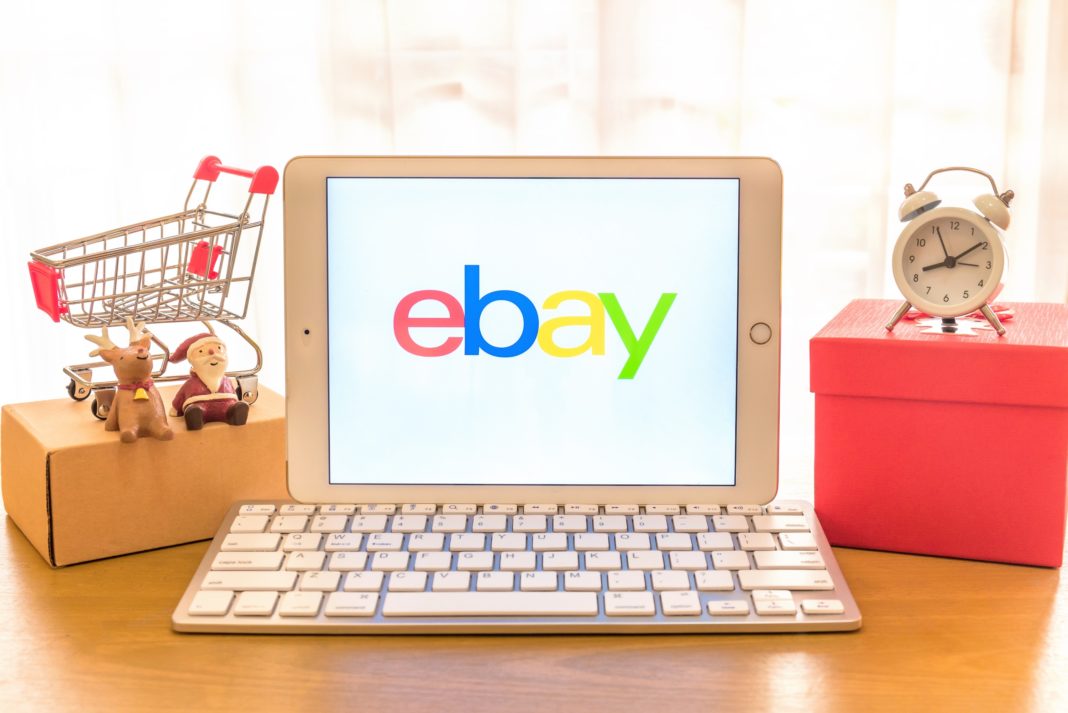Selling on eBay (What to Sell and How to Make Easy Money)
A lot of people make a profit from selling on eBay and this often brings a lot of questions as some people wish they have an idea of how it is done. Well! We have attempted to solve that problem in this article as it contains all there is to know about selling on eBay.
Selling on eBay

Since its inception in 1995, eBay has been one of the leading eCommerce marketplaces.
Some online sellers simply sell their unwanted items on the platform. However, it can also serve as a platform for a successful online business.
Here’s a guide to making as much extra money as possible on eBay.
How to Sell on eBay and Make Money

If you’re ready to launch your own company, the platform provides a plethora of features and eBay listing tools to help you make money online.
The following pointers should assist you in making the most of the platform.
1. Pick a Niche
Repeat customers are more likely to return if your shop has a consistent inventory.
If you sell multiple options that interest them, you may even persuade some people to buy several items at once.
Your store could, for example, specialize in video games and accessories, collectible sports memorabilia, or vintage clothing.
READ ALSO:
- Does World Market Accept EBT
- Does Five Below Accept EBT
- Can I Enter My EBT Card Manually
- Can I Use My Snap Card in Another State?
2. Get More Inventory at Yard Sales
You must first purchase inventory before you can begin selling products on eBay.
The lower the cost of each item, the more profit you can make.
So look for yard sale items and the following discount options:
- Garage sales
- Thrift stores
- Estate sales
- Discount warehouses
- Facebook Marketplace
- Craigslist
- Local swap groups
- Flea markets
3. Offer Free Shipping
Customers may be concerned about shipping cost. Instead of charging extra to ship items, think about incorporating packaging and shipping costs into your product listings.
They are aware that anyone selling items online must ship their goods.
Seeing the price all at once rather than adding extra fees at the end can help you close more deals.
4. Find Out the Average Selling Price
Users of eBay frequently compare the prices of similar items. As a result, it’s critical to understand the market value of what you’re selling.
Look at what other sellers charge for similar items if you keep your prices fixed.
If no one is selling similar products on eBay, look at other sites or consider the cost of your inventory and materials.
5. Have a Low Starting Price
Alternatively, many eBay sales are based on auctions. As a result, you only set the sale prices as a starting point.
Buyers on eBay bid what they will pay. They frequently preferred this for higher-priced items, such as collectibles, or those with many interested eBay customers.
Simply set a low starting bid to encourage more people to bid and watch.
6. Consider a Dropshipping eBay Business
Dropshipping can help you save money on inventory while increasing your profit margins.
You would work with a dropshipping company to manage your products and logistics in this model. And all you’d have to do is list and market products online.
7. Choose Between a Personal eBay Store and Business Account
When you open an eBay account, you can choose whether to be an individual eBay seller or a business.
Business accounts allow you to sell in larger quantities and enter business information such as your company name and branding.
READ ALSO:
- Does Autozone Install Batteries?
- How to Find Paypal Username
- How to Remove Card From Paypal
- Does Speedway Take EBT/ SNAP
- Paypal Account Locked
8. Look at Your Competition from Other eBay Sellers
Market research is an important part of starting any business, including one on eBay.
Examine the search results for the product categories you intend to sell before you begin. Then, monitor the top shops in your niche for trends.
Certain products, for example, may increase in value, allowing you to make more money by listing them higher.
9. Use High-Quality Photos

When potential customers come across your eBay listing, one of the first things they are likely to notice is the photos.
A clear image on a plain background is more likely to stand out. Include additional photos that demonstrate the scale and various features of each item.
10. Set a Reserve Price
Consider the lowest price you’ll accept for each item if you intend to host auctions on eBay.
If a bidder meets the reserve price, the item can be sold when the auction concludes. Otherwise, the product does not move.
11. Avoid Negative Feedback
eBay, like many other marketplace sites, allows customers to leave reviews to increase buyer confidence.
Potential buyers will most likely look at your eBay history to ensure that you sell high-quality products and deliver them quickly.
Positive feedback can be obtained by providing responsive and honest service.
As a result, keeping track of your customer correspondence is critical.
Learn how to communicate effectively on the platform, as well as how to refund a buyer on eBay.
A good refund policy is one way to avoid negative feedback.
12. Sell Profitable Items
Certain items, such as collectibles and vintage, are very popular on eBay.
If you can get these items at a reasonable price, you have a better chance of making enough money to cover all of your expenses and turn a profit.
To find these items, look at top sellers and trends in your industry.
13. Include Keywords in Headlines and Descriptions
On eBay, many buyers look for specific product categories. So, when listing, consider what people might search for in your niche.
In each headline, briefly describe each item, as well as the top keywords.
Then, in the descriptions, go into more detail to answer questions buyers may have.
14. Remember Fees When Pricing Items
When listing items on eBay, many sellers only consider their product expenses.
However, you may lose money this way because of other costs such as flat rate boxes, shipping, and eBay fees.
Include final value fees and other relevant details in your prices so that you can sell items profitably.
15. Cross Promote Items
Use your social media accounts and participation in forums related to your niche to promote your products.
Include a link and a photo in new posts, or send them to contacts who you believe might be interested.
16. List New Products Regularly
The more products you list, the more sales you will make. EBay tends to show more results from active shops.
So keep listing and bringing in new products daily to build your shop and make money over time.
Now that you know how to make money selling on eBay, use our advice to increase your earnings.
eBay can be an effective platform for making money and starting a business.
The tips provided above can assist you in capitalizing on the opportunity and earning as much profit as possible within your niche.